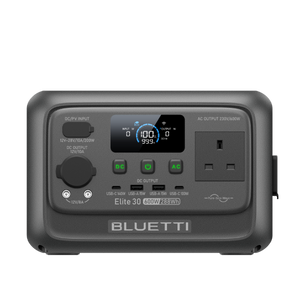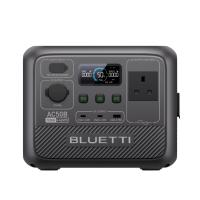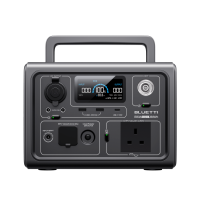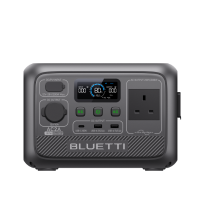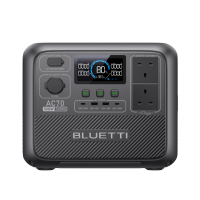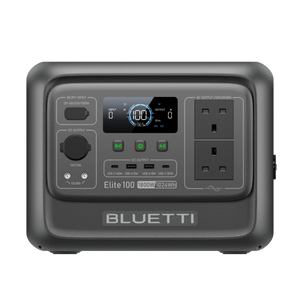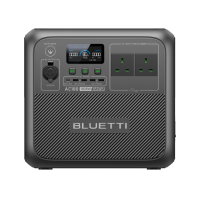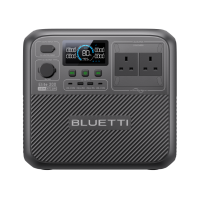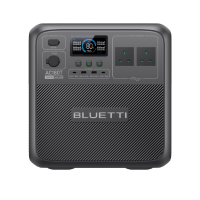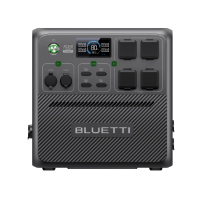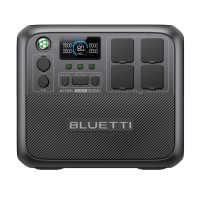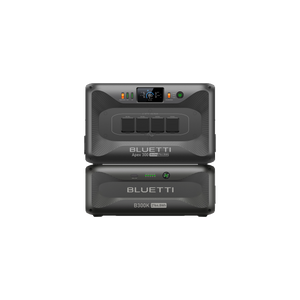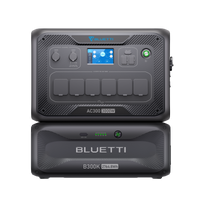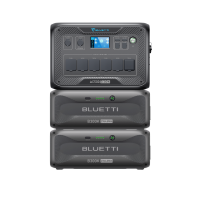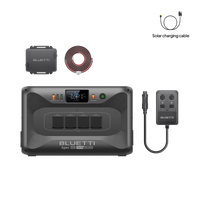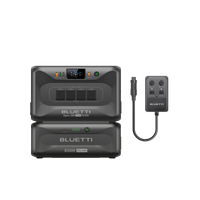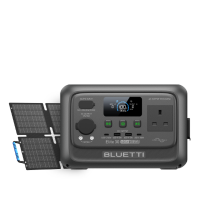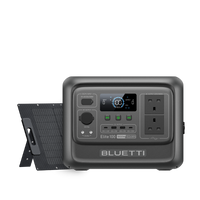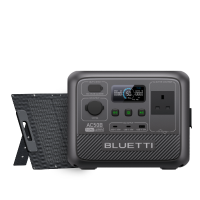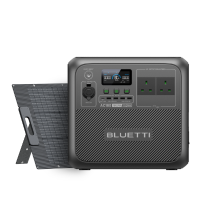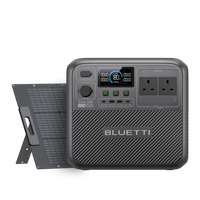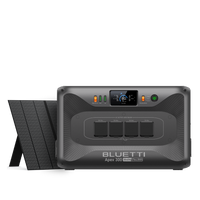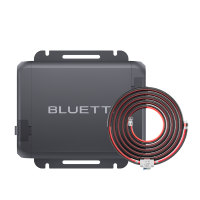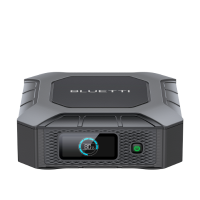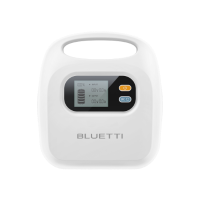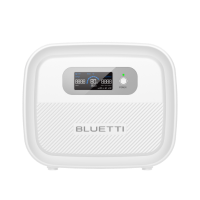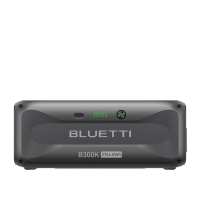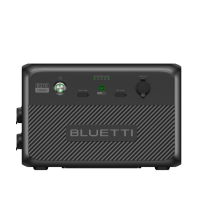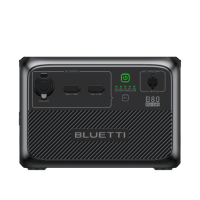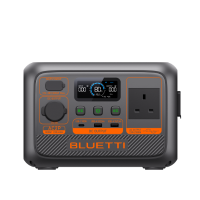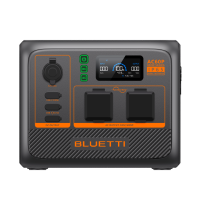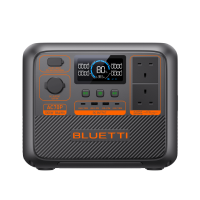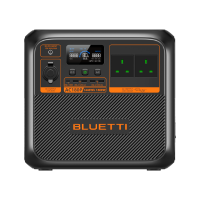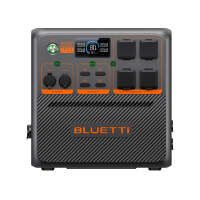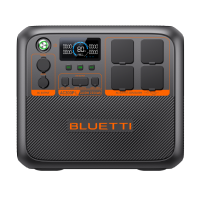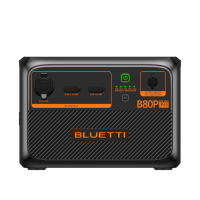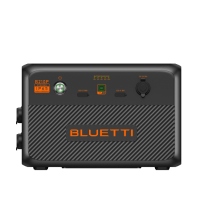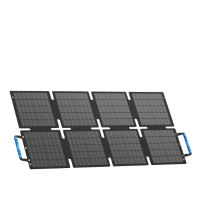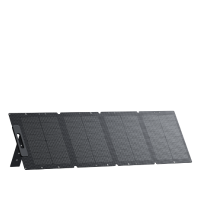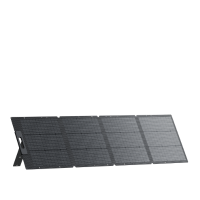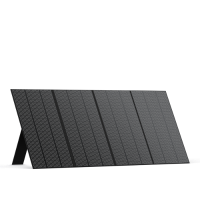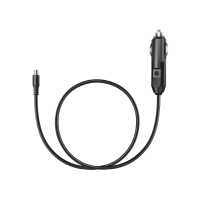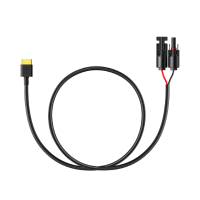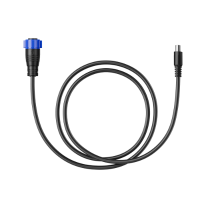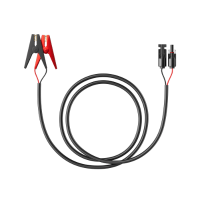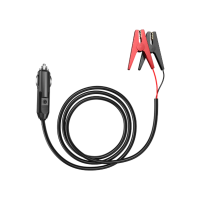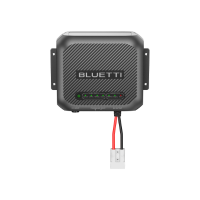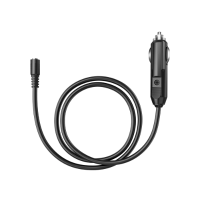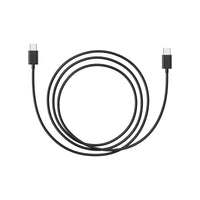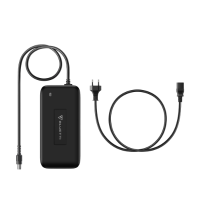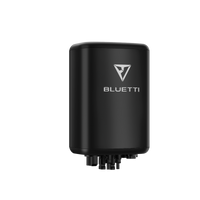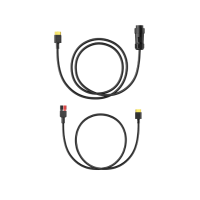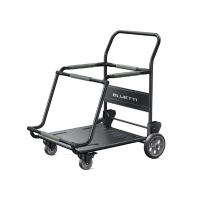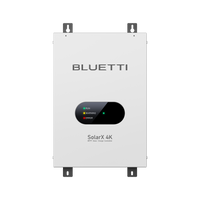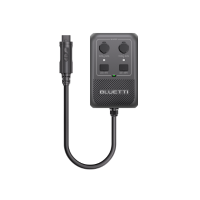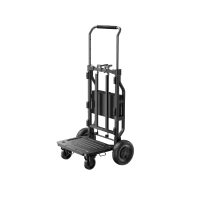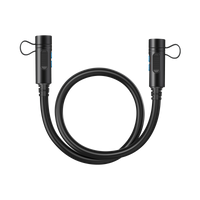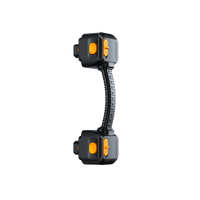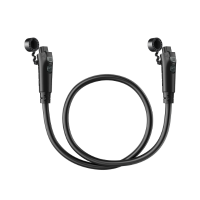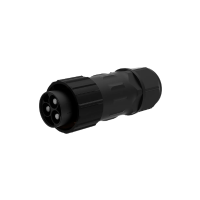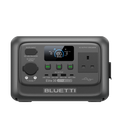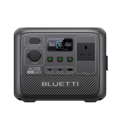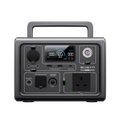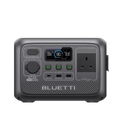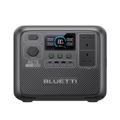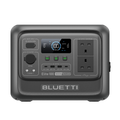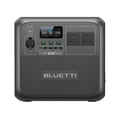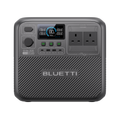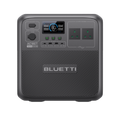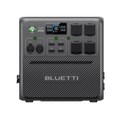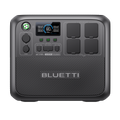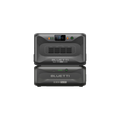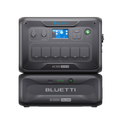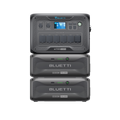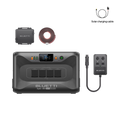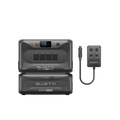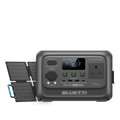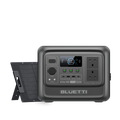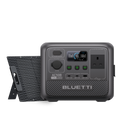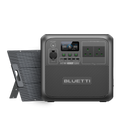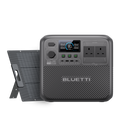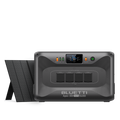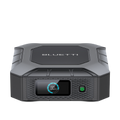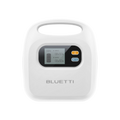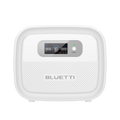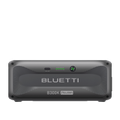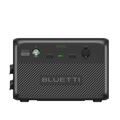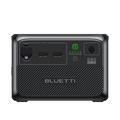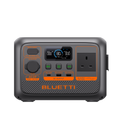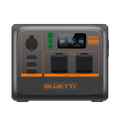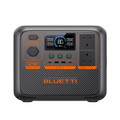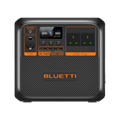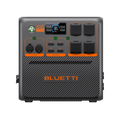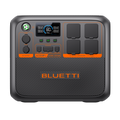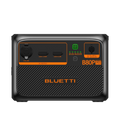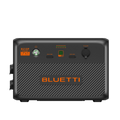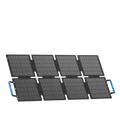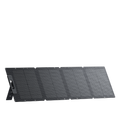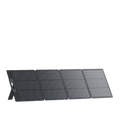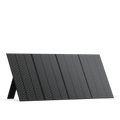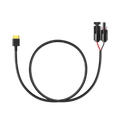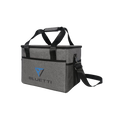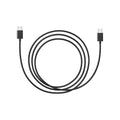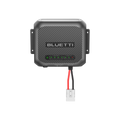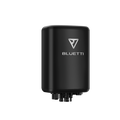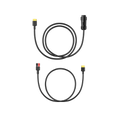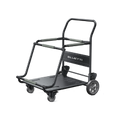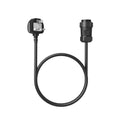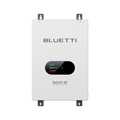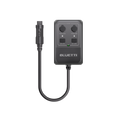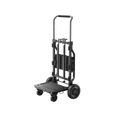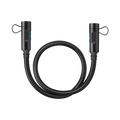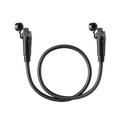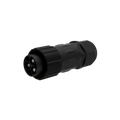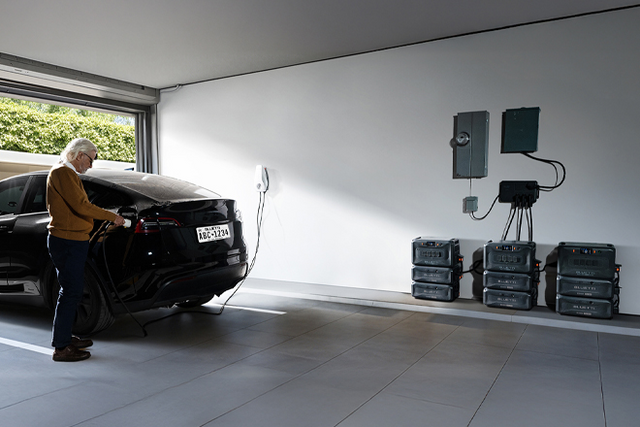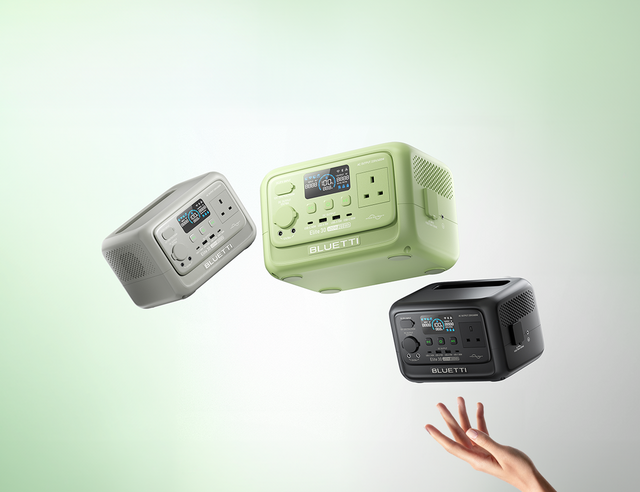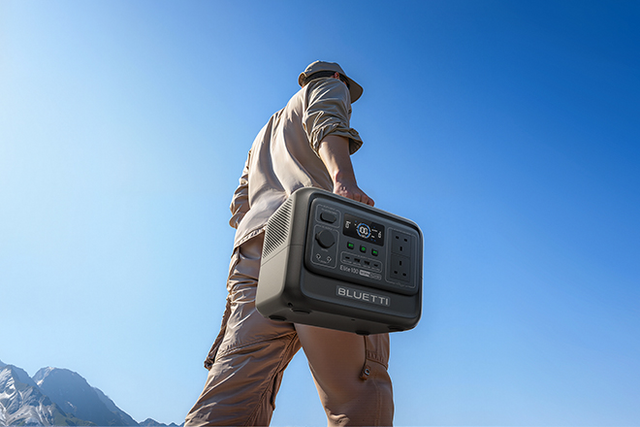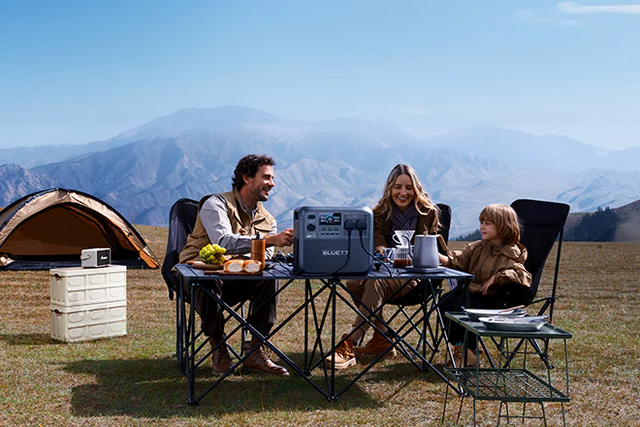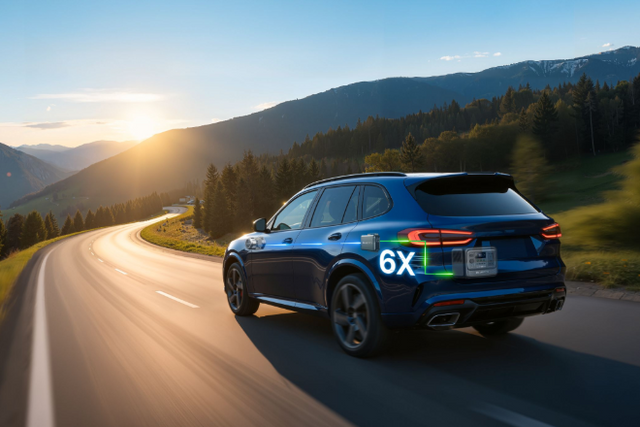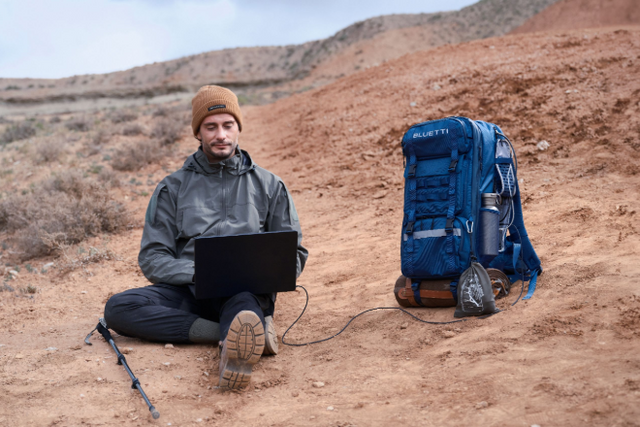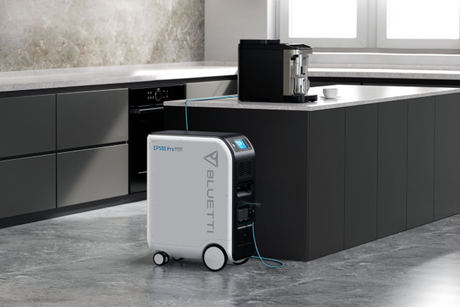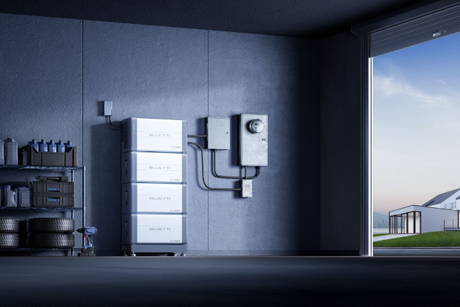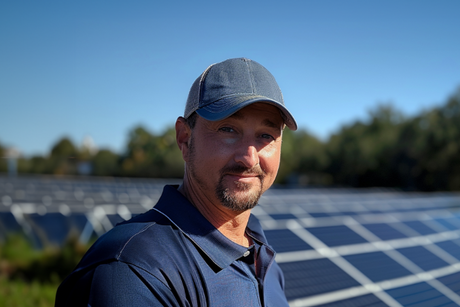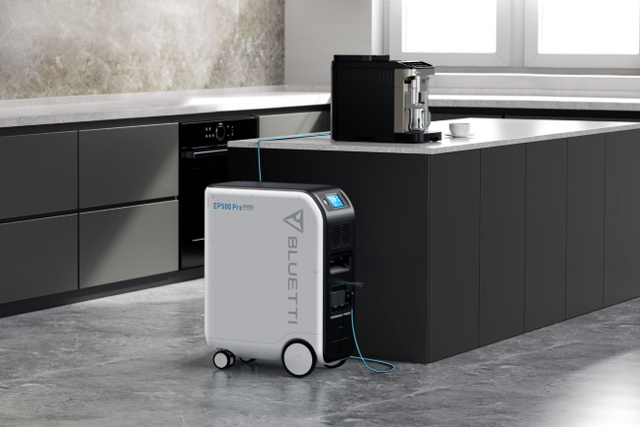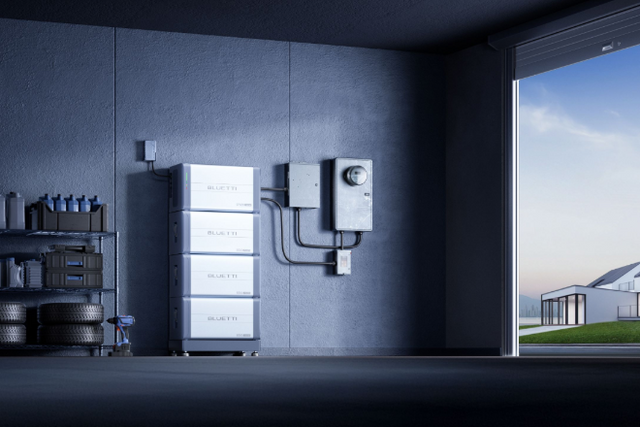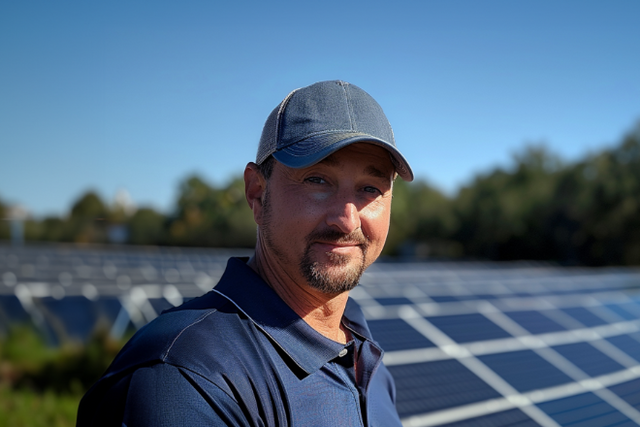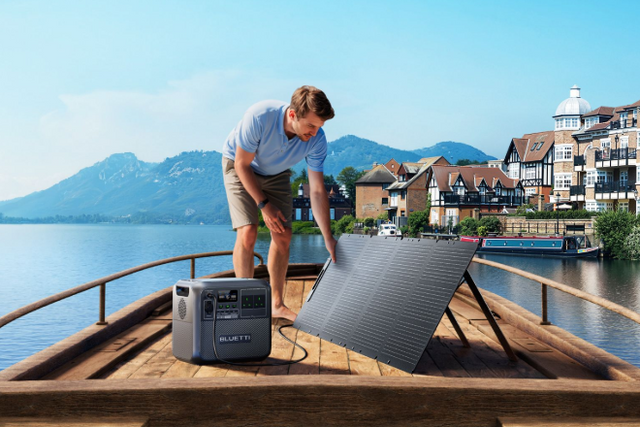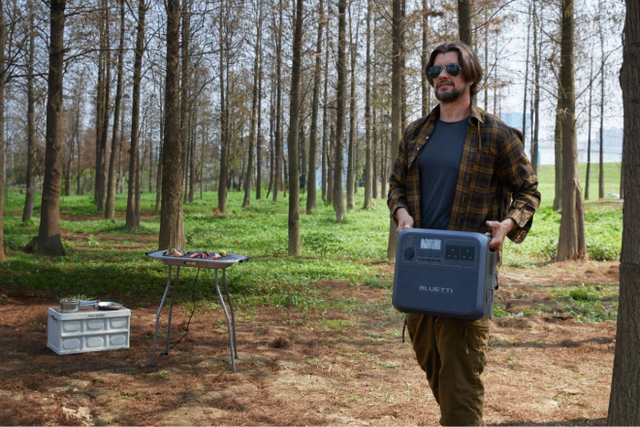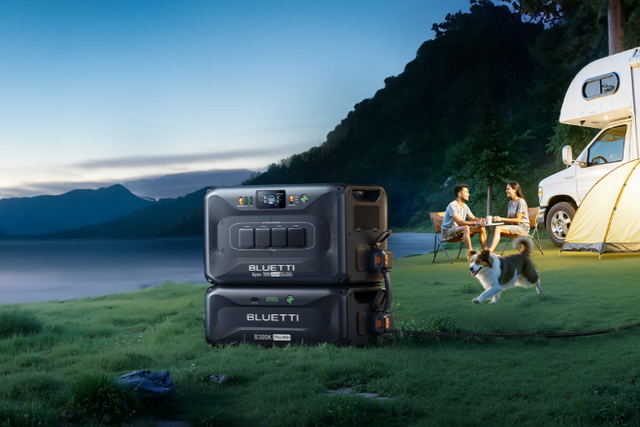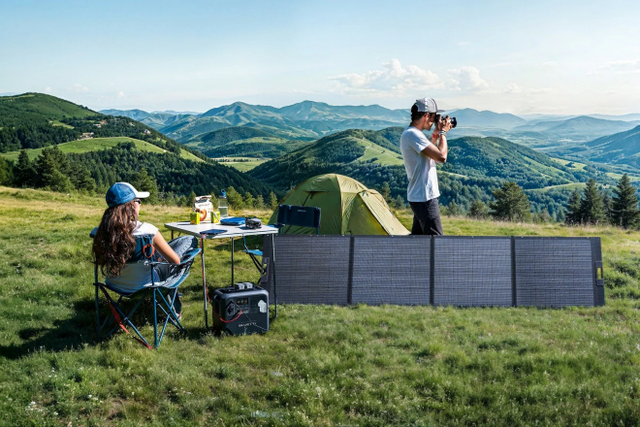More and more of us are turning to renewable energy to monitor our carbon footprint and save money on the ever-rising cost of mainstream energy resources.
Not only is renewable energy kind to the planet, but it is also much more replenishable than other options, such as gas and electricity.
But nothing is perfect, and the subject of renewable energy is still somewhat taboo. This article focuses on the pros and cons of renewable energy.
What is Renewable Energy?
Renewable energy is energy that isn’t depleted upon use, and can be constantly replenished on a human timescale.
Because renewable energy is largely generated via natural resources (such as wind and sunlight), it is mostly sustainable (with the exception of certain biomass sources), because of their organic nature, meaning they do not impact our carbon footprint, because they do not rely on fossil fuels.
How it works is renewable energy sources (such as solar power panels or wind turbines) provide natural energy to a grid, or other options, such as stand-alone power systems and water heating/cooling systems, etc.
While typically renewable energy systems are large-scale to cater to buildings, or bigger spaces, it is possible to have small-scale products that suit individual needs. A good example of this would be products for those living off-grid, or those who regularly travel via a campervan or RV, etc.
7 Types of Renewable Energy
|
Type |
Advantages |
Disadvantages |
|
Solar |
|
|
|
Wind |
|
|
|
Bioenergy |
|
|
|
Hydroelectric |
|
|
|
Geothermal Energy |
|
|
|
Tidal Energy |
|
|
|
Hydrogen |
|
|
While renewable energy is constantly evolving, as of 2023, the four main types of renewable energy are:
Solar
AKA, sunlight.
Solar power generates energy by trapping sunlight via solar panels. The UV rays are then fed into the main generator system (such as a solar power station) to create a chemical and physical reaction through a battery, which can then create electricity. This process is called the Photovoltaic Effect (PV).
Solar power is one of the most reliable sources of renewable energy because the sun is visible everywhere in the world. However, certain factors like location and time of year can affect how much power you get.
Wind
Next is wind power, which is readily available no matter where you are. According to the National Grid, wind power is the largest producer of renewable and sustainable energy in both the US and the UK.
The great thing about wind turbines is they can be set up both on and off-shore (known as wind farms), and they simply generate energy via their spinning blades. These will then create kinetic energy, which is then funneled through a drive shaft and gearbox, which is connected to a generator, creating electric energy. This energy can then be fed into the national grid.
Bioenergy
Bioenergy relies on the burning of organic matter (this can be natural products such as timber, plants, or even food waste), which creates a fuel source. While this option isn’t the most sustainable, owing to the burning of products emitting Co2 into the atmosphere, it does fall under the umbrella of “renewable” because the burnable items are replenishable.

Hydroelectric
Hydroelectric energy is created by hydroelectric power plants (underwater turbines), which can be found in dams. These create power via flowing water that makes contact with a generator.
The four types as listed above are the most well-known and accessible sources of renewable energy. Other options include:
Geothermal Energy
Geothermal energy is natural heat within the earth, which is great because it’s completely “clean” and sustainable. The only issue is that geothermal energy isn’t easily garnered and readily available everywhere, hence why it’s not considered a key renewable resource (unlike solar power, etc.).
Tidal Energy
You may know this as “ocean energy”. It works in a similar way to hydroelectric energy in dams, however, the energy is generated by the movement of the tides.
Hydrogen
When the element of hydrogen is separated (from water, for example) it can be used as a zero-carbon fuel.
Pros & Cons of Renewable Energy
As we said earlier, nothing is perfect. But renewable energy is definitely the lesser of two evils, in comparison to fossil fuels, by an absolute landslide. Here are the pros and cons of renewable energy:
Pros of Renewable Energy
- The most obvious one is its namesake: it’s renewable, meaning it’ll never run out (which cannot be said of fuels, such as gas and coal). The sun will always rise and the wind will always blow, so there will always be a supply of these resources.
- They are sustainable and will not cause short or long-term damage to the planet (or our health). Which again, certainly cannot be said of fossil fuels.
- It’s super reliable because it is in abundant supply wherever you are on the planet. While certain options may not be as readily available in certain locations, chances are another renewable option will suffice.
- It’s cheap. Unlike fossil fuels, renewable resources cannot have a price tag. Anyone can purchase renewable energy products, such as solar power generators, and once the initial fees of installation are covered, maintenance and generation costs are next to nothing.
- It cannot be harnessed for political or territorial control - chances of a war erupting over renewable resources is virtually zero.
- It’s better for our health. It’s no secret that fossil fuels are not good for us. They pollute our air, water sources, and earth.
- They boost the economy because they create jobs. This is particularly applicable to underdeveloped areas which are being supported by renewable energy; meaning poverty is being reduced.
- There wouldn’t ever be an energy crisis with renewable energy.
- Renewable energy increases a country’s independence, because they will no longer need to rely on fossil fuel resources from other countries, like Russia.
Cons of Renewable Energy
While there are plenty of great pros to renewable energy, there are a few things to bear in mind.
- Renewable energy is at the mercy of weather conditions. Bad weather can impact the availability or quality of the energy that is generated.
- Renewable technology that generates energy is still in its early stages, meaning there’s much room for improvement.
- Purchasing and set-up costs can be high. For example, if you’re hoping to kit out your home with independent renewable energy, such as solar panels, you’ll need to purchase the panels, plus the other crucial components, such as a generator, batteries, and so on - which can add up to a pretty hefty bill.
- Space is non-negotiable. Renewable energy requires vast space, which isn’t quite the case with traditional power stations. An example of this is wind turbine farms.
- Certain renewable energy devices come with components that need recycling in a correct manner. For example, solar generator batteries should never be thrown into household waste.

Where Can I Get Renewable Energy Solutions?
The great news is renewable energy isn’t hard to come by. Whether you require it for domestic, commercial, or travelling uses, you have options.
A great example is portable solar power stations. These can be used to take some of the weight off of your domestic/business energy needs. Also, if you like to indulge in road trips, camping holidays, off-grid vacations/way of living, or van life - a portable solar power station will be your best friend.
You can even hook yourself up with a solar power kit, which comes complete with your generator (which does not rely on any gas or fuel), panels, an inverter, a range of impressive watt capacities, batteries, a smart control and monitor, and more.
Whether you choose solar panels, power stations, or kits, BLUETTI offers you a wide range of options. You can choose according to your needs!
Find out more about solar generators here.
Pros & Cons of Renewable Energy: FAQs
Is renewable energy the future?
Absolutely. As fossil fuels become harder to come by (not to mention more and more extortionate), as well as the irrevocable damage they cause, renewable energy has to suffice to provide energy for future generations.
According to the UN, cheap electricity from renewable sources could provide 65 percent of the world's total electricity supply by 2030.
What would happen if we switch to renewable energy?
It would have an incredibly beneficial effect on the earth, and ultimately, the wellbeing of us humans, as well as plants and animals.
It would mean less pollution, fewer greenhouse emissions, fewer floods, storms, droughts, and other meteorological disasters created/enhanced by global warming.
Does renewable energy pay for itself?
Effectively, yes. Despite the initial start-up costs, renewable energy is a much cheaper solution than fossil fuels in the long run.
Final Thoughts
Although renewable energy is still in its embryonic stages, and has a long way to go, it is ultimately the only option for ensuring a safe and sustainable future for ourselves and the earth.
